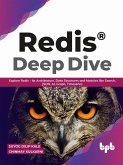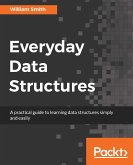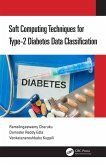Beginning with the historical context of data organization methods, the book progresses through four main sections, covering fundamentals of memory management, linear structures, tree-based structures, and advanced optimization techniques. What sets this guide apart is its emphasis on practical problem-solving, presenting each data structure as a solution to specific programming challenges rather than mere abstract concepts.
The material is enriched with empirical performance analyses and complexity calculations, helping readers understand not just how these structures work, but when and why to use them. The book bridges theoretical understanding with practical application, featuring code examples in multiple programming languages and covering implementations ranging from basic memory allocation to advanced optimization techniques.
While primarily targeting computer science students and software developers, it serves as an invaluable resource for anyone working on performance-critical applications or preparing for technical interviews. Throughout the text, readers learn to make informed decisions about data organization that directly impact program efficiency and maintainability, with examples drawn from web development, mobile apps, game programming, and database management.
Dieser Download kann aus rechtlichen Gründen nur mit Rechnungsadresse in A, B, BG, CY, CZ, D, DK, EW, E, FIN, F, GR, H, IRL, I, LT, L, LR, M, NL, PL, P, R, S, SLO, SK ausgeliefert werden.









